About
Rx (Richard, Rick, Ricky, Ricardo, Rich, Richie, Ricko, Dick, Dickie) Lyle Neufeld moved to Sudbury, Ontario, Canada in 1984 from the Red Lake area of North-Western Ontario to study Visual Arts at Cambrian College, graduating in 1987 with majors in Sculpture, Printmaking, and Painting. After several years focusing their commercial efforts on sculptural work they began teaching 3D and Printmaking at Cambrian College in 1990, and continue to teach a variety of courses in several of the Art and Design programs, as well as working as a visual and sometime performance artist.
As the result of forty plus years of art making is distilled and presented here, there must necessarily be some sort of overview outlining the artist’s development and philosophy. Despite the tediousness of such epistles, I shall endeavour to approach this task with a simplicity and brevity not oft seen in the essaying of an academic introductor, but must defer and refer to the Tunnel document of The Musaeum Oblivio Futurus period as the seminal series of processes that determined and elucidate what may be considered to be an artistic philosophy.
Quite neatly, the turn of the millennium served as a turning point in the work of dear Rx. A turning point in the sense of marking a coming together of previously somewhat disparate conceptual and physical processes into a more or less coherent whole. In the late 1980s and through much of the 1990s, Rx worked to expand their material capabilities with regard primarily to sculpture and printmaking, exploring numerous variations in traditional printmaking techniques as well as executing both personal and commercial 3D sculpture in a variety of media in the form of architectural and scientific models, interior and exterior sculptures, and sculptural structures. During this time, Rx also indulged in their love of collage, executing complex, larger scale mixed media collages and paintings. While they explore a variety of themes, much of the work of that period also concurrently makes connections to historical periods and styles in art, and it is in the intricate and interconnected narratives that emerged in the process of these long works that Rx began to refine the development of their narrative and compositional process.
The interrelationship of the numerous collage elements in many of these earlier works created not only complex and multidimensional narratives, of which much was obscure and secondary to the initial concepts, but also challenging visual compositions which Rx subsequently found unwieldy and lacking in the sort of compositional force and monumentality they admired – the works were just too busy. As they sought to simplify compositions, they also sought ways to harness the conceptual complexities that grew out of the associative processes undertaken over the relatively long periods those works took to complete. The complex and organic nature of the potential for narrative growth or expansion in the conceptual and physical process of mixed media collage came to be the driving force of Rx’s move into a more reactive conceptual approach to narrative development, along with the influences encountered over the course of a variety of collaborative endeavours undertaken in the late 90s and early 2000s.
It is said that the artist must recognise and accept that once they present their work to the world, it is interpreted from a multitude of perspectives, both in the academic and critical sense, and in the appraisal of the layperson in their many incarnations. As Rx contemplated the multitude of interpretations that could grow out of the development of something that began as a straightforward narrative, they also questioned the need for the contrivance of a set narrative communication – the clearly defined, comprehensible “story” that the artwork is ostensibly built to relay. Conceptually, art is considered to be an expression of a personal idea, emotion, and/or reaction to events of the world. In a world of such inequity, what issues should an artist address? The privilege and luxury of producing art of any sort seems to demand some sort of accountability… but to what? That is another thesis entirely. In short, Rx came to detest the contrivance and limitations of their traditionally understood approach to narrative because it seemingly demanded that they define and communicate a relatively clearly comprehensible idea or position about something. Their ideas of art and its production were based in questioning and learning, and the production of work with definitive narratives about some cultural or societal particularity seemed too much like making a statement rather than pondering the nature of things, and as such, they found it severely restrictive to the creative processes they had developed over time.
At the crux of it, Rx grew very uncomfortable with the idea that they should have something definitive to communicate. Why? Has there been any shortage of privileged western white male academics/artists expounding their views, theories, and discoveries? Nonetheless, they could not simply give up the field, as art for them came to be the visual organisation of everything around them – including their perception of the world – their seeking to understand, and to create something in conjunction with history. It is simply something they are compelled to do by their very nature. How does one best do it? Here, we could insert a long contemplation on the appropriative nature of “Western Art”, but will simply note that for Rx, being a colonial educated in the tradition, they have no other cultural background to look to. If one were to say that having some tenuous Dutch or German roots might give them some artistic cultural tradition to examine, that still would not remove them from the grip of “Western Art”, which is conceived as, generally speaking, a stream of artistic exchange and appropriation that begins in earnest in Mesopotamia and Egypt some 5,000 years ago; continues through the rise and fall of the Greek and Roman empires, the Medieval period, the Renaissance, and on through Modernism to the present day.
So it is that collage, collaboration, and a desire to avoid predetermination came to produce a shift in the nature of Rx’s art production. Postmodernism cast its obscure shadow across the field lit brightly by Modernism. In 1999 they began a series of mail art engagements with an entity known as Parc Avenue Holdings of Montreal. In the course of this engagement, Rx conceived Taocom Integral as a pseudo institutional entity that comprised the entirety of their varied production – artistic, literary, performative, and everything surrounding it, and subsumed all relative considerations into a holistic process that linked and blurred the lines between fact and fiction. This and several other interactions and collaborations of a performative nature led to a wholesale reconsideration of the creative process in the metaphysical sense. In terms of the material process of visual art making, mixed media exploration was still the primary avenue of approach, and the organisation of that media within an image area - the composition - remained the base upon which concepts could unfold and grow. As material processes and composition are the commonalities of all visual art, the certainty of those fundamental aspects of art allowed Rx to approach the uncertainty, bias, and changing nature of everything intellectual and philosophical with a fluid, evolving, and metaphysical approach to narrative. It was the predetermined narrative that was cast aside in the course of this evolution. The contrived nature of their past methods of narrative development began to give way to divergent processes that served to allow mood, time, coincidence, history, and a host of other variables contribute to the development of narratives simultaneous to, and even after the development of the physical composition, rather than prior to. That notion aids in succinctly summing up the basic nature of the adjustment to Rx’s process. Works may begin with a vague notion of a theme or simply a particular mood or feeling rather than an intellectual idea developed and rendered as a visual narrative – as had generally been their process in the past. The unformed idea is given its nascent visual manifestation in a material process – most recently this takes the form of mixed media painting that is best described in its initial stages as a non-objective abstract composition. From that initial composition a sense of space and of mood is developed, and then the collage and refinement processes come into play and the narrative grows out of the many conceptions and relationships that are observed or arise during the process of collection and consideration of elements. This process has been enriched over time by the natural development of a complex and growing image repertoire, which called into play over the course of multiple works and years, constitutes the organic development of an individualized semiotic system.
Once again I invoke the Tunnel document. The book form freed Rx from the complexity of their large collages, allowing the distribution of the narrative to be drawn out over the course of numerous smaller, more monumental compositions, much in the way printmakers had examined broader themes over the course of multi-edition print cycles or suites. Over the course of numerous mail art exchanges with Parc Ave. Holdings, Rx began finding their way with regard to the continually shifting and growing conceptual complexity the forces of collaboration and improvisation wrought on their prior, relatively hermetic creative process. Packages and documents were exchanged, books were made; ideas roiled madly! This changing perspective led Rx into a series of works, the first of which was “Tunnel” – the mixed media painting, which gave rise to the Tunnel book, which was at its root, a documentation of the painting’s process, which began as a transformation of a 1987 painting entitled “Death of a Virgin”. This nine foot long triptych had come to embody all the contrivance of their early work, and in 1999 they undertook its de-painting and reassignment, if you will, as a part of the process of their conscious evolution toward finding more metaphysical approaches to narrative, and in developing a more monumental compositional style. The work was stripped of paint and reworked compositionally around the gestural physicality of that initial act of defacement, while growing its narrative in the process of the sorting and application of the collage elements. After being exhorted to document this process by Parc Ave. Holdings, Rx began work on the Tunnel book, which they initially expected to be a document of 10-20 pages, however, coming on the heels of a number of other book form collages engendered by their exchanges, the book soon became an intensive document that grew to over 200 pages, and may be rightly said to be the embodiment of Rx’s entire transformation of style and approach. Each page its own simple, monumental composition, each feeding the next and expanding and connecting a network of complex thoughts, ideas, and histories. It solved the core dilemma of Rx’s prior approaches to composition and narrative.
Floundering now in my stated objective of brevity, I will introduce one quote from the Tunnel book, which does a service to clarity in regard to the broader nature of things.
"It is a process that is living and is of living, interactive with all past and present modes and structures, that is to say, omnipercipient and omnimorphous. Far greater than the sum of its parts; sacred, dare I say, for it is the beneficiary of all history and peoples, and so with a mere word, image, or gesture, conceptions which generations laboured to bring into the light can be called into service…. But the wonderful things of which I speak, can only be divined by the careful, open study of works of this nature; laboured explanations can only highlight the inadequacy of these past modes."
And so, with the completion of the Tunnel book in 2002, and the subsequent completion of the third and final original triptych panel as “Picture Haven” in 2007, along with the numerous interactions in between, Rx completed that stage of their transformation of style and intent, and this is reflected in their work of the subsequent decade. Currently, they have endeavoured to find the time and interest to engage in various printmaking techniques again. They also returned to and completed a large collage based mixed media work that is composed on one of two structures built in 1999. The first was completed as “Poem of the Sky” in 1999, and was entirely collage based. It was intended that the second structure be completed as a companion to the first, but it stayed on the periphery as Tunnel developed, hanging blank on the studio wall, considered from time to time, ultimately taking 18 years to return to. For years it had the working title “Poem of the Cloud” but upon completion was titled “The Sky Fall”. It is another visual documental consideration of Rx’s transition of approach over time, a summation of a sort, but also indicative of new transitions coming into play yet again.
And they have come to pass. Old worlds to inherit. We shall extend the length of all this unapologetically now as 2024 draws to a close. 2021 saw the initiation of the Red Lake Gold Merzprojekt, which is documented here in R Lyle’s second major college book, “Red Lake Gold”. In this regard, little more need be expanded upon, as in addition to the now 222 page RLG Dokumenta, 2022 and 2023 Rx website updates involved significant notation about the project relative to other artwork executed as the project has developed. The term “other artwork”, advances the notion that the RLG Dokumenta itself is the core artwork of the project, while the series of commissioned components, collages, sculptures, prints, paintings, and the projected musical, video, performance, and exhibition components flow around the periphery in time and metaphysical space, simulachral artefacts of memories of artefacts in memory intensified by their dissolution in the ethereal connectivity of experience re-examined. This is, and remains, the state of the endeavour forevermore.
Lenge t’agn Tao - December 2018 + 2024 with notes from Launcelot Whig.
Media Notes
Aside from noting printmaking techniques generally, this archive does not list the media for the artwork. As the majority are mixed media, the list for each work would often be prohibitively long to input. Inquiry is welcome, but for those interested, most recent work is rendered on canvas in both acrylic and oil based paints, ink, oil and chalk pastel, spray enamel, charcoal, graphite and coloured pencil, grease pencil, printing/stencilling, tissue transfer, paper collage, and both epoxy and polyester resins.
For various reasons – time, philosophy, location, introversion, and so forth, Rx has only rarely shown or sold work. A solo exhibition in 2013, and inclusion in recent faculty exhibitions, along with the renewed development of an inventory of saleable print editions are a part of a slow process to become more public. Theoretically nearly all the work archived here is available for sale. At this point, this website is simply an archive, not an online shop. Inquiries regarding the viewing or purchase of prints and artwork may be made via the email address at the top of this page.




















































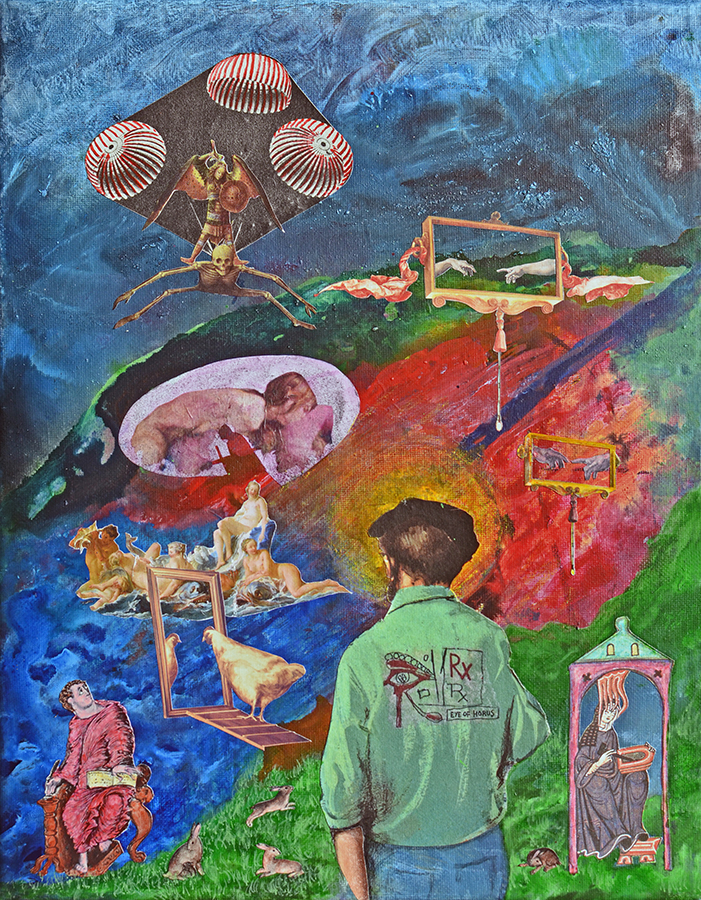


















-2016-40x50.jpg)






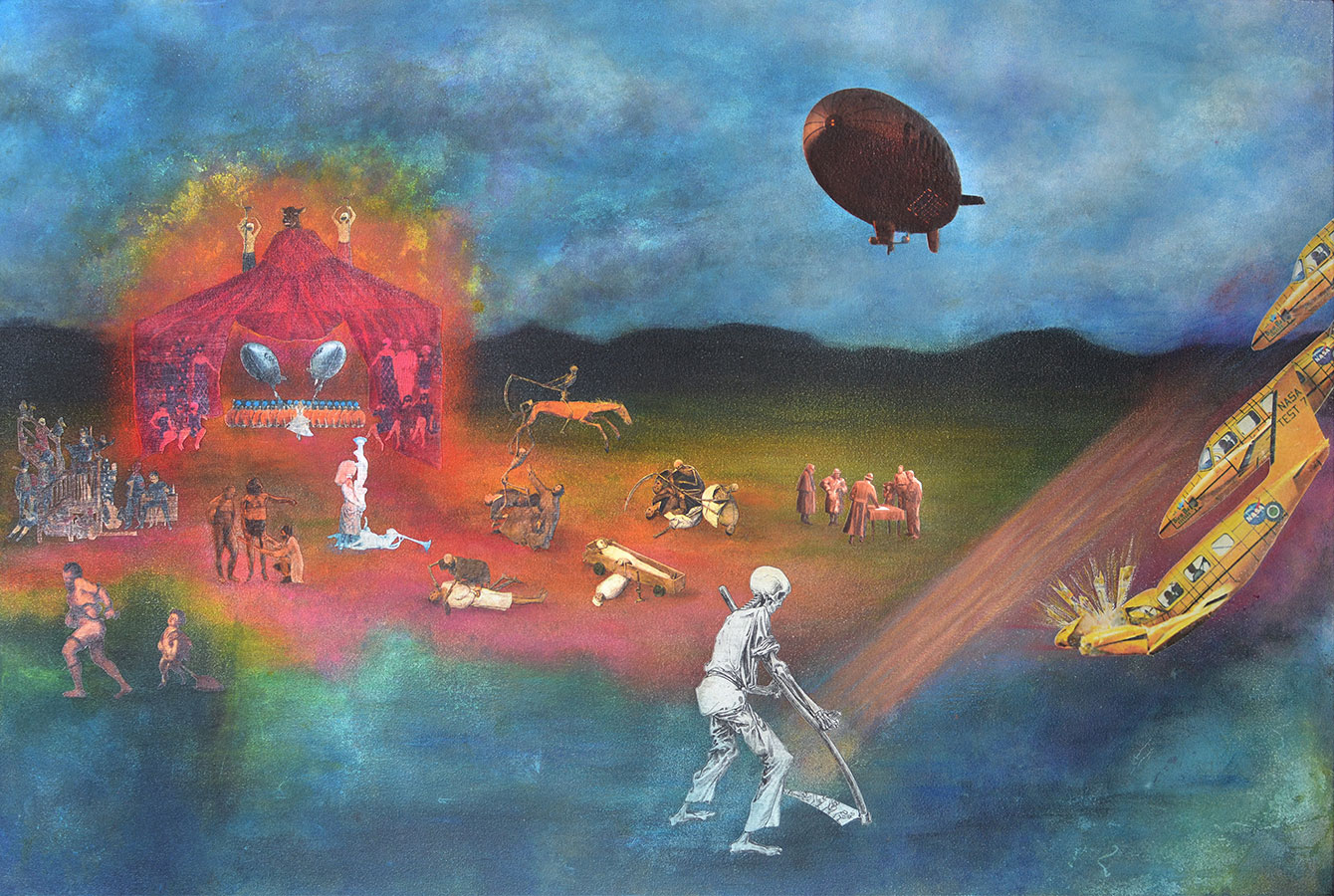

















-2014-18x23.jpg)
-+-5-x-3---The-Worst-2014-18x23.jpg)
-+-6-x-7---All-Dark-+-Nothing-2014-18x23.jpg)
-+-4-x-7---Born-into-Trouble-2014-18x23.jpg)
-+-7-x-5---Artful-2014-18x23.jpg)
-+-7-x-1---Love-2014-18x23.jpg)
-+-2--x-4---Fables-2014-18x23.jpg)
-+-3-x-5---Gilt-Salt-2014-18x23.jpg)
















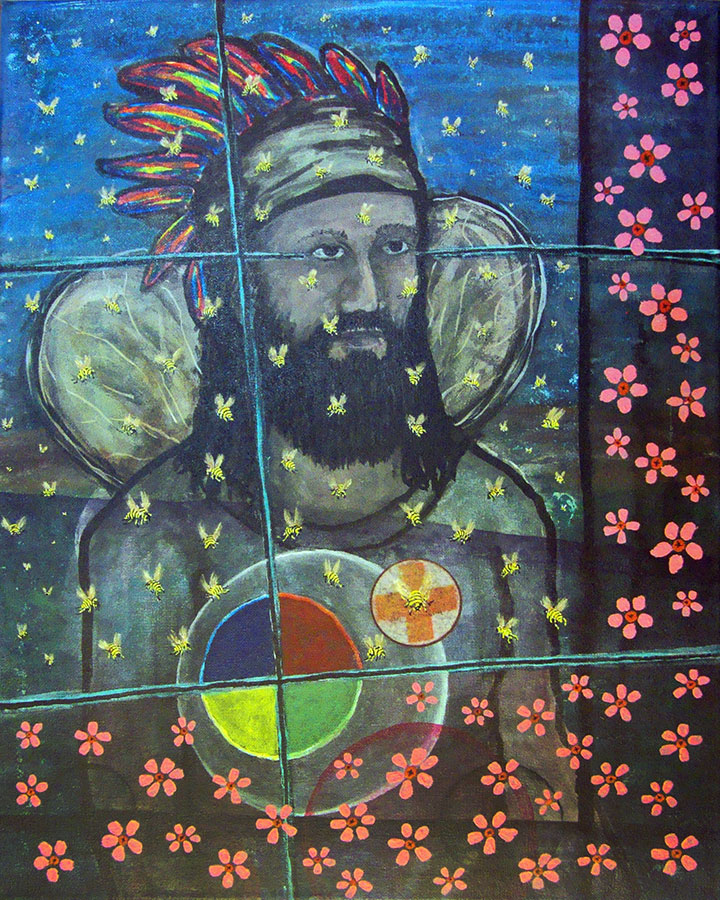



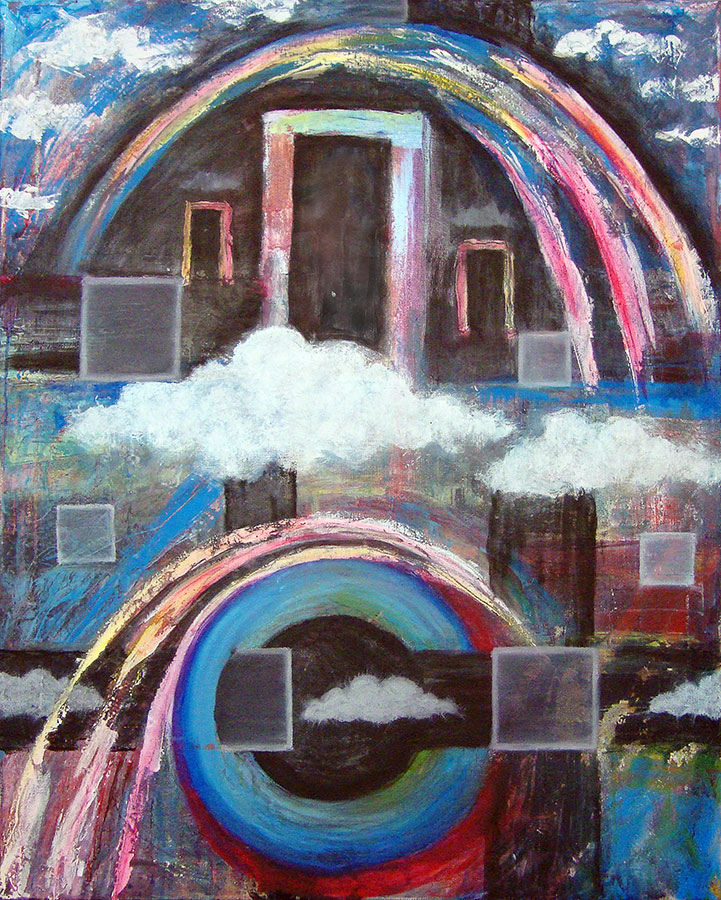







-2012-50x61.jpg)
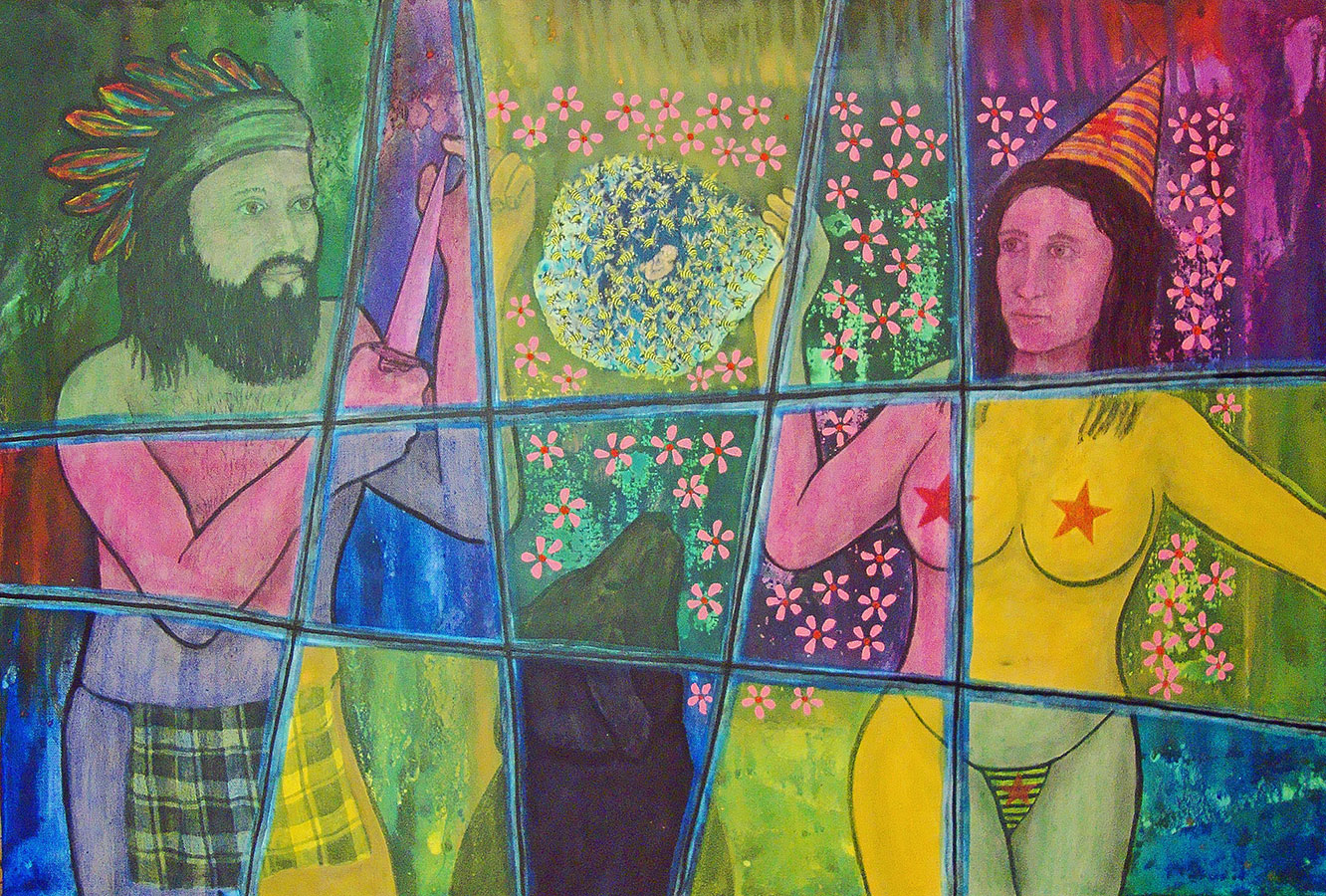

























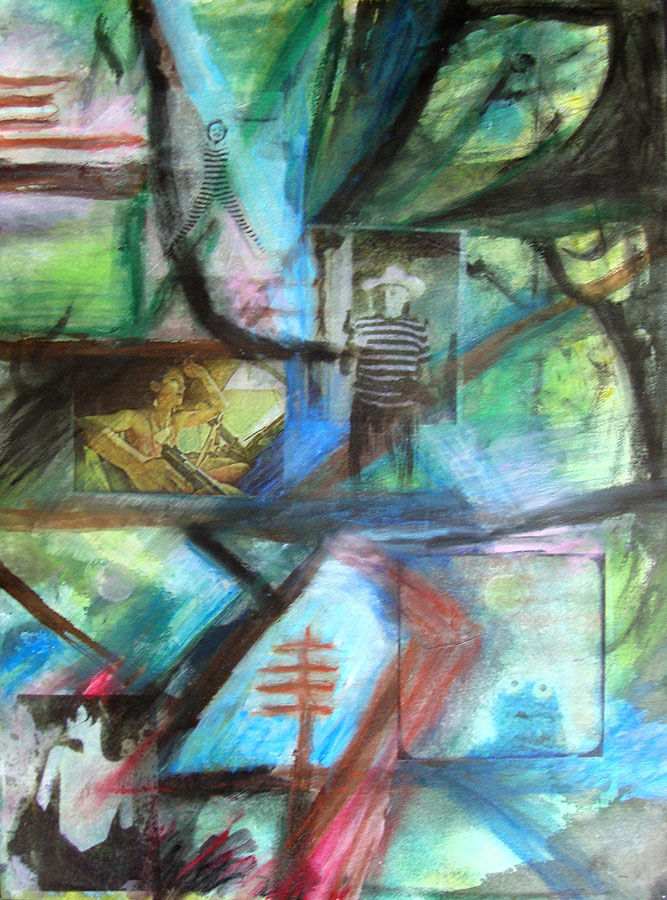



















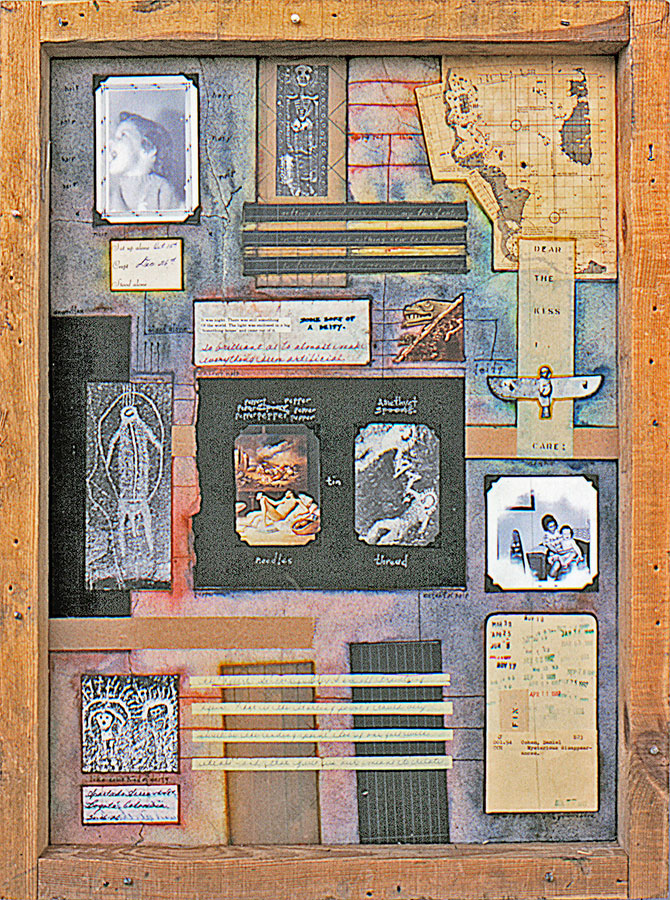
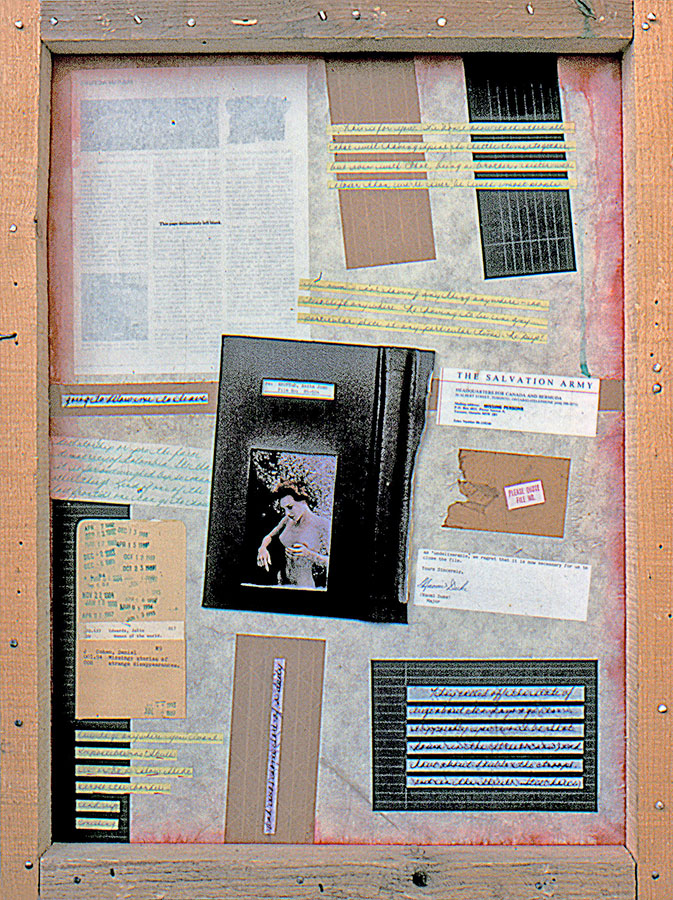




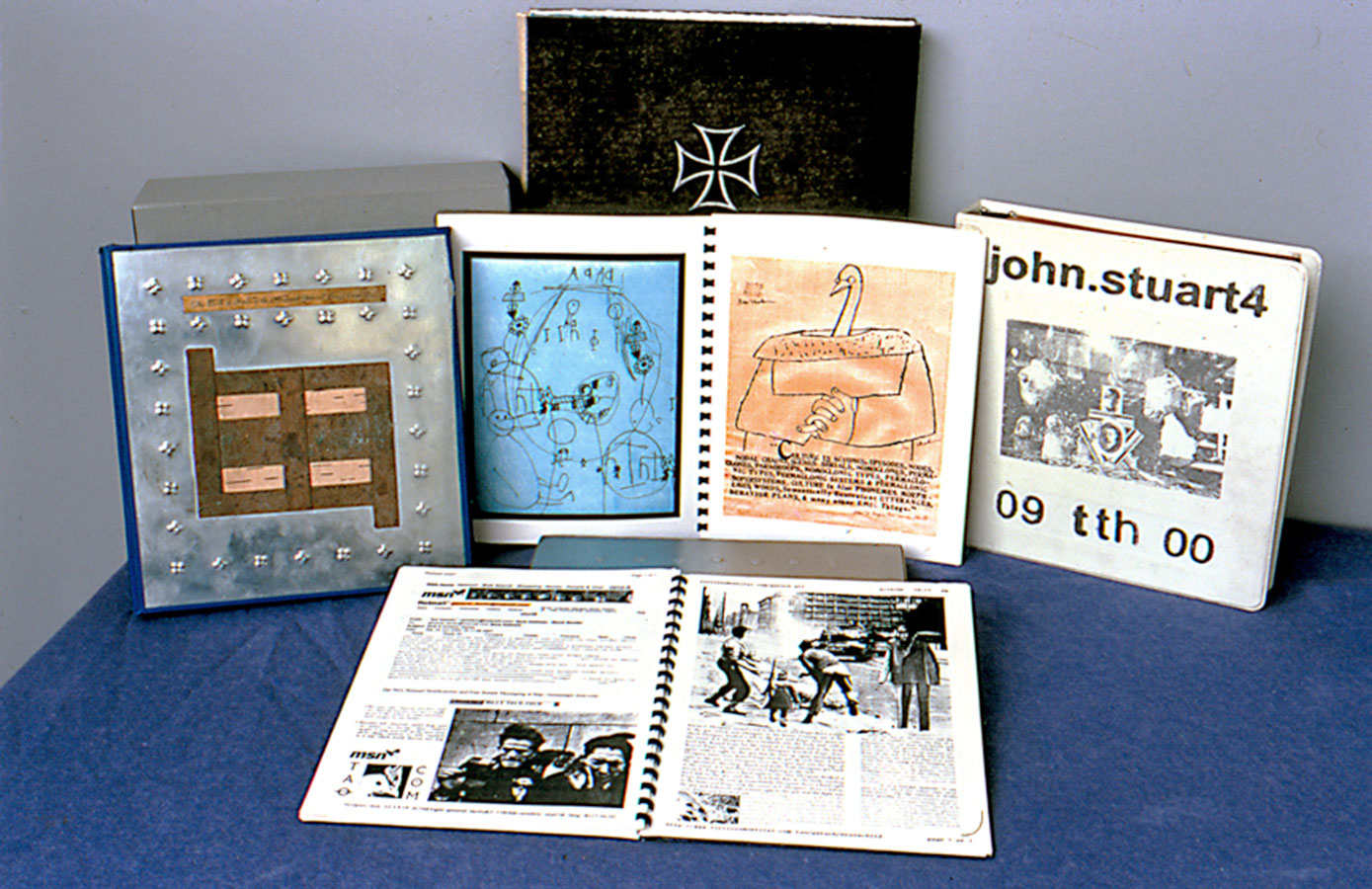







-69x86-2001.jpg)
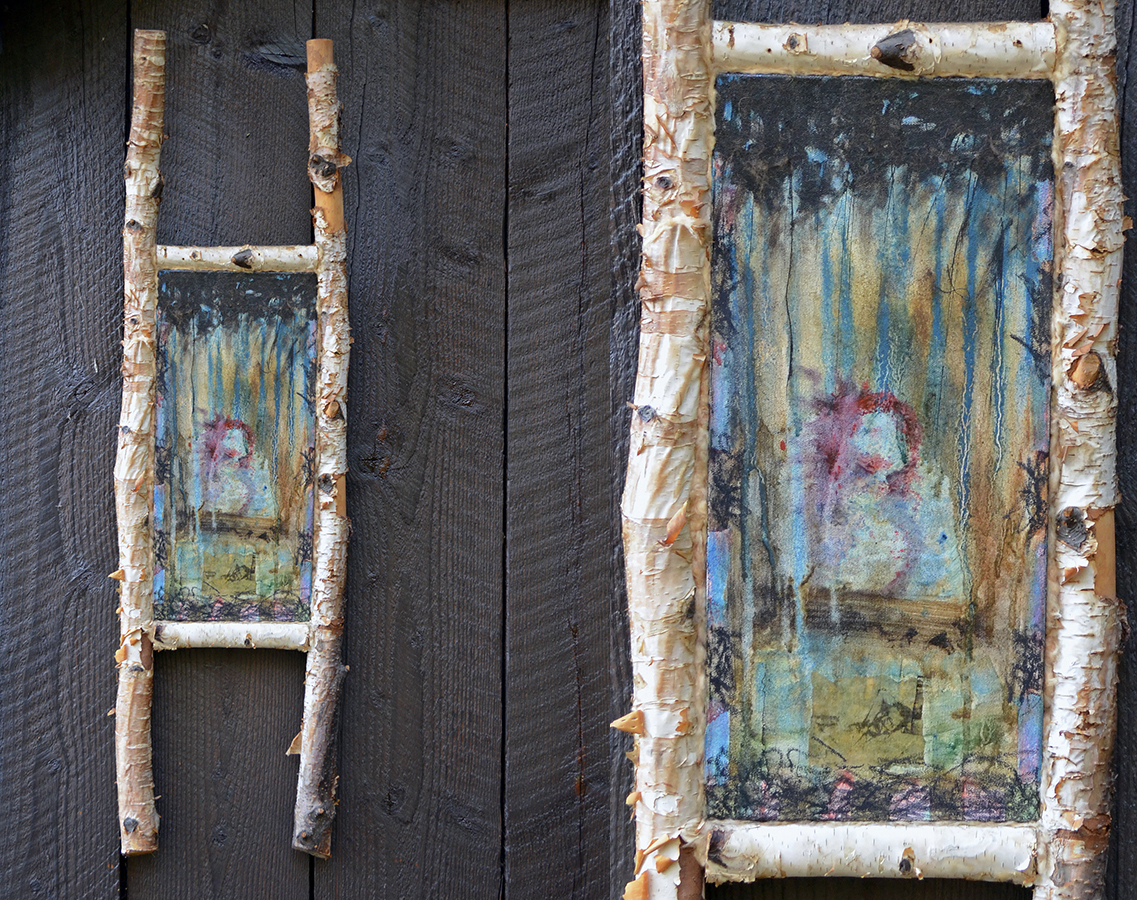




















-107x122-1999.jpg)















-102x112-1989.jpg)







